ISSLS 2022: Fabio Zaina’s take
Finished SOSORT Meeting, ISICO physiatrist Fabio Zaina headed to Boston where the 48th ISSLS Annual Meeting, another international event that, following the hiatus due to the pandemic, could finally be staged in the normal way again.
Dr Zaina represented ISICO by giving a presentation which was one of the 8 selected for presentation to the general assembly at the ISSLS, the fourth in order of importance (in fact, the reports have been presented in order of choice of the scientific committee). Further to this great achievement, Dr Zaina also presented a poster.
We asked him three questions, to get his brief take on the event.
1) How did it feel to finally get together with so many colleagues from all over the world?
It felt absolutely great, because it is three years since the last time, and they have been difficult for everyone. Added to that, ISSLS is like a big family and the aim of its members is not just to do research, but to work together and nurture the good human relations that are essential if you want to produce quality scientific work.
2) What were the major scientific developments at this 48th Annual Meeting?
A number of the studies presented focused on type 1 and 2 Modic changes. Efforts were made to interpret this sign, which seems to be related to low back pain, and also to consider the possible causes, which might be mechanical, autoimmune or infectious. All this seems to suggest that although Modic 1 and 2 are two separate entities, there could exist intermediate and nuanced forms lying somewhere between the two.
3) In five lines, which would you say was the study of most relevance to your daily clinical and scientific work?
I would say it was the AWARD- winning “Progression of spinal degenerative changes in a group of chronic low back pain patients and patients 11-14 years after discography evaluation” by Swedish authors Hanna Hebelka, K. Lagerstrand, V. Gunterberg, and H. Brisby.
I say this because it threw into question the findings of a previous paper published in 2009, which took an ISSLS Prize that year, namely, “Does discography cause accelerated progression of degeneration changes in the lumbar disc: a ten-year matched cohort study“ reached the opposite conclusion to the previous study, which had found that discography techniques resulted in accelerated disc degeneration, disc herniation, loss of disc height and signal, and the development of reactive endplate changes compared with the findings in matched controls.
Even though the two study populations are not perfectly overlapping, the result is interesting and a starting point for further studies.

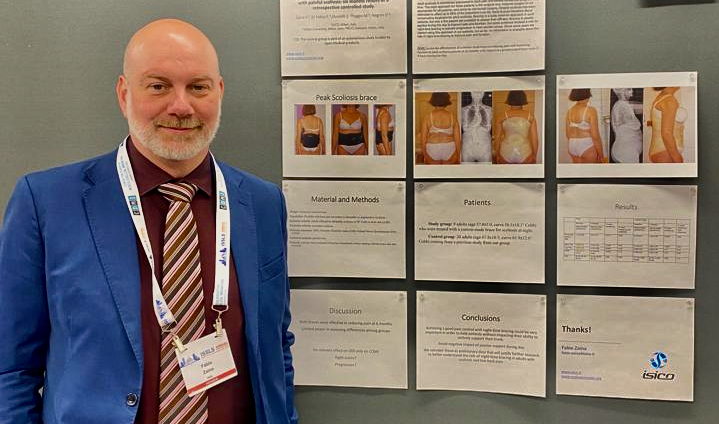
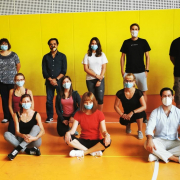


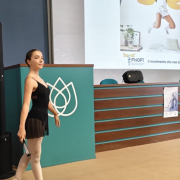
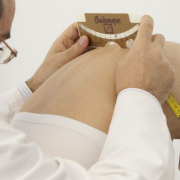


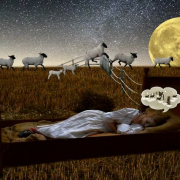


Leave a Reply
Want to join the discussion?Feel free to contribute!